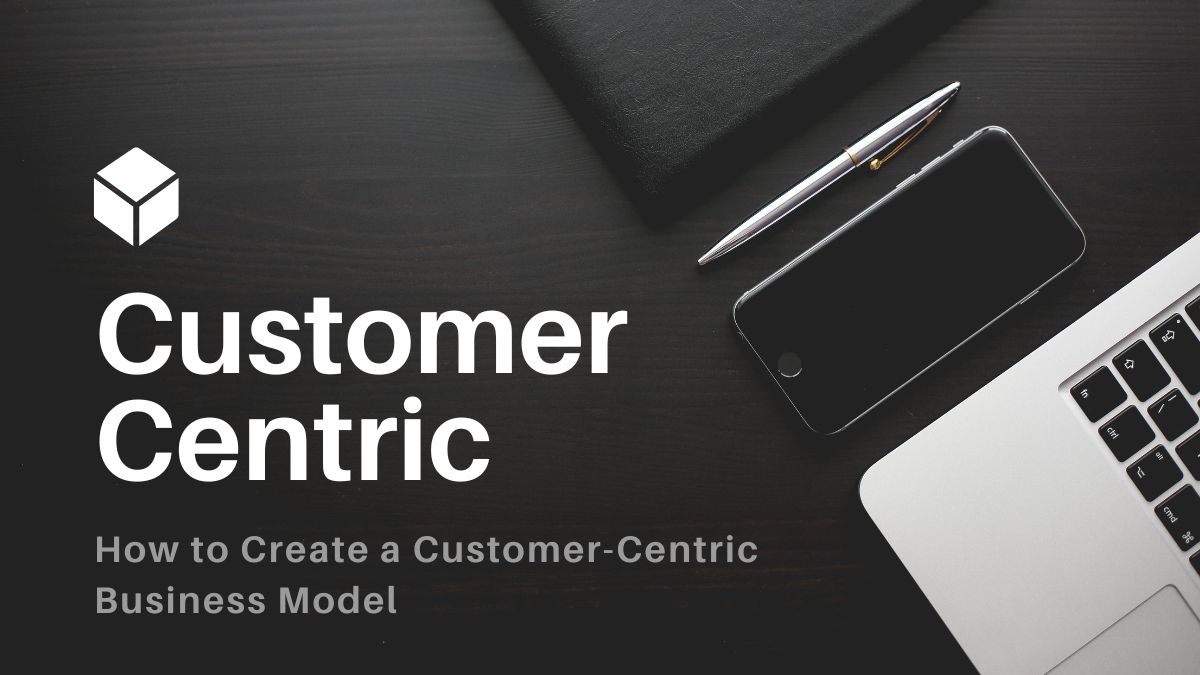
In today’s business landscape, the success of a company is heavily dependent on its ability to put the customer at the center of its operations. A customer-centric business model focuses on meeting the needs and expectations of customers, creating long-term relationships, and building brand loyalty. In this blog post, we will explore how to create a customer-centric business model and provide tips for implementing this approach in your organization.
1. Define Your Ideal Customer
In today’s world, where competition is fierce, businesses need to adopt a customer-centric approach. This means that companies need to focus on their customers and tailor their products and services to meet their needs. The first step in creating such a business model is defining your ideal customer. Understanding who your customers are will enable you to create targeted marketing strategies that resonate with them.
To define your ideal customer, start by researching the demographics of your existing client base. Look at factors such as age, gender, location, income level, education level, and occupation. These demographic data points can provide valuable insights into who your customers are and what they may be looking for from your business.
Once you’ve identified the broad characteristics of your target demographic group(s), dig deeper into psychographic data such as personality traits, values, and interests.
2. Listen to Your Customers
In today’s business world, it’s no longer enough to simply provide a product or service and hope for the best. To succeed in a competitive marketplace, businesses must adopt a customer-centric business model. This means putting the needs and preferences of customers at the forefront of all business decisions.
The second step towards building a customer-centric business model is listening to your customers. This involves actively seeking feedback from your customers through various channels such as surveys, social media platforms, and email communication. By gathering feedback from your customers, you can gain valuable insights into what they like about your products or services, what they don’t like, and where there is room for improvement.
Listening to your customers also helps build trust and credibility with them. When customers feel heard and valued by a company, they are more likely to continue doing business with that company in the future.
3. Make Customer Satisfaction a Priority
In today’s business world, customer satisfaction plays a crucial role in determining the success of any company. A customer-centric business model focuses on creating an exceptional experience for customers and meeting their needs from start to finish. This approach involves putting the client at the forefront of all decisions, ensuring that every product or service meets their expectations.
One important aspect of a customer-centric business is providing high-quality products or services that meet or exceed expectations. By delivering value to customers, businesses can build trust and loyalty among clients. Another key feature of this model is consistently communicating with customers and seeking feedback on how to improve. This ensures that businesses are always meeting clients’ evolving needs and preferences.
It’s also important to remember that word-of-mouth marketing can be incredibly powerful when it comes to attracting new clients. Happy customers are likely to recommend your business to friends and family if they feel satisfied with their experience.
4. Foster a Customer-Focused Culture
Creating a customer-centric business model requires a culture that values and prioritizes the customer. This means that every employee in the organization should have a clear understanding of how their role impacts the customer experience. Employees must be trained to go above and beyond for customers, anticipate their needs, and provide personalized experiences. Leaders should communicate this message consistently and ensure that all employees are aligned with the company’s vision.
To foster a customer-focused culture, companies must also prioritize feedback from their customers. By collecting feedback from customers regularly, organizations can identify areas for improvement and make necessary changes to better meet customer needs. This includes not only soliciting feedback but also acting on it promptly to show customers that their opinions matter.
Finally, companies should empower their employees to take ownership of the customer experience. Employees who feel invested in the success of the organization will be more likely to prioritize customer satisfaction as part of their job responsibilities.
5. Continuously Improve
In today’s business landscape, a customer-centric approach is no longer an option but a prerequisite for sustainable success. A customer-centric business model requires businesses to prioritize the needs and preferences of their customers above everything else. To achieve this, companies must be committed to continuous improvement that involves regularly gauging their performance and addressing any gaps or shortcomings.
Continuous improvement is not a one-time event but rather an ongoing process that requires constant monitoring and evaluation of your operations. By continuously improving your processes, products, and services, you can stay ahead of the competition and exceed your customers’ expectations. This means gathering feedback from customers through surveys, social media platforms, or other channels to understand their pain points, challenges, suggestions, and expectations.
To make meaningful changes based on customer feedback, businesses must have clearly defined goals that align with their target audience’s needs.
Conclusion
A customer-centric business model is essential for any business that wants to succeed in today’s market. By defining your ideal customer, listening to your customers, making customer satisfaction a priority, fostering a customer-focused culture, and continuously improving, you can create a business that is centered around the needs and expectations of your customers. By putting the customer first, you can build a loyal customer base, drive revenue growth, and achieve long-term success.




